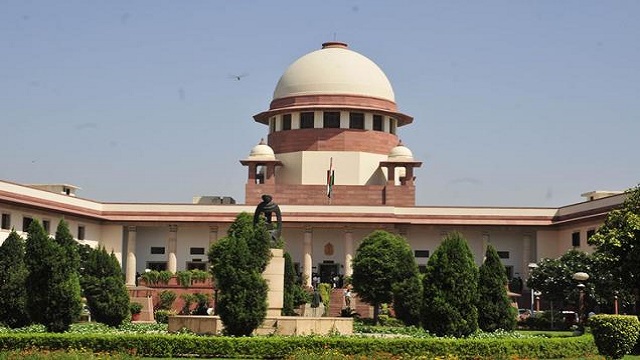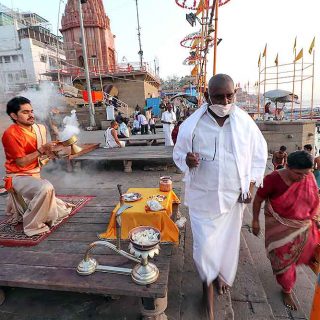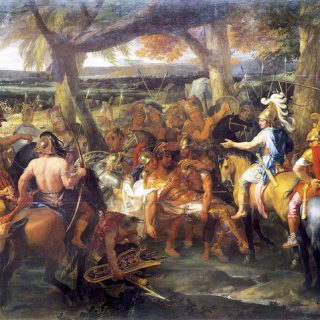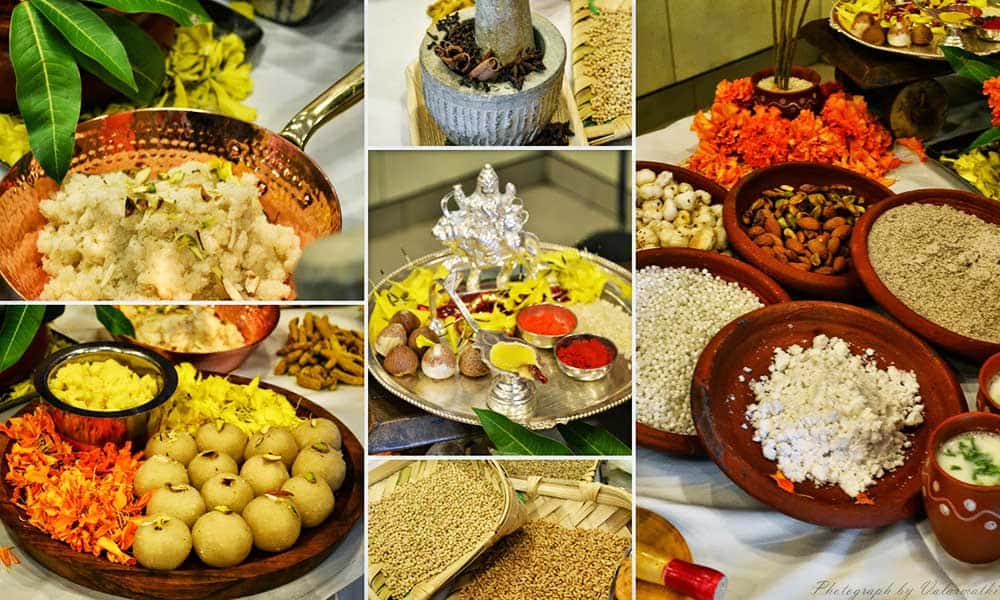The first time voter is young, idealistic and seeks a concrete motivation before he casts his vote. Speaking of which, there is not a single political party in the country left behind
Consumerism has been prevalent since a long time, in all the sectors, around the globe, including politics.
The primary aim of this political marketing is to build preference and shape the public acumen. Marketing in politics is not the classic warfare we’ve seen through the years. It deals with advertising in various fields including social media and endorsements.
The first time voter is young, idealistic and seeks a concrete motivation before he casts his vote. Speaking of which, there is not a single political party in the country left behind when it comes to launching of the best marketing strategies. We take a look at a few of them.
BJP:
Statue of Unity:
When BJP’s PM candidate, Narendra Modi announced the erection of world’s tallest statue in India, the whole nation beamed and looked forward to the completion of the project. They say, he brought the whole nation together. Making a statue of Shri Sardar Vallabhai Patel, whom the nation considers as the man of unity was the greatest vote alluring initiative taken by the Bharatiya Janta Party. The announcement that the Statue of Unity would be made of iron material from every house in Gujarat, is synonymous to asking voters to vote for the party who connects with their sentiments. Tribute, Tourism and Vote go hand-in-hand.
Chai Pe Charcha:
What do you learn from Modi, you ask? To make a flower petal out of a thorn. When a member of opposition commented on Modi’s early life profession as a tea vendor, attempting to make it a reason for the janta to not vote for a chai walla, he took it positively, only to launch a Chai pe Charcha interaction. The interaction did not only include people present on the sets of the news channel, but from all across India over a video conference, that dealt with the current striking issues of the country.
NaMo Oratory:
When it comes to motivating the voters, to stand with he who will change the impact of inflation, women safety, poverty, job losses, and clean and good governance, I can’t really think of a better name than Narendra Modi. The oratory he has been delivering is the cornerstone of political marketing. Don’t you agree?
Need we say more about their marketing strategies?
CONGRESS:
They unleashed their teams on TV, digital and manual prints, and social media. Just a SOP(Statement of Purpose) will not work as a reason for people to vote. While they attempted to touch the issues of poverty and increasing costs with the introduction of food bill and RTI, young voters who form a major percentage of votes, still felt the lack of administration and motivation. Where the party has given the nation, a PM who is camera shy, the vice president, whose education took place abroad, when asked about the basic issues that concerns the country on a huge level, came up with random and not-at-all-related-to-the-question answers, only to strengthen people’s view about Congress. Even the television ads did not work for them.
Legacy might have worked in times of good governance, Dear Congress. Expecting your legacy, to work time and again, is something you should come out of.
AAP:
They gave no media ads, no digital or manual prints, no statues or interactions on a large level, yet they succeeded in replacing Congress from Delhi. The Aam Aadmi Party, as name suggests, does not believe in paid marketing and hence sticks to videos (to be found on Youtube), which sees the founder talk about topics he’s been taunted for.
The Only Option
It has always been said that politics is a dirty game. But it is the public who has to suffer, time and again. The parties aren’t very different from each other. It’s just that the voters are expected to choose and vote for the one with lesser dirt on its side.





